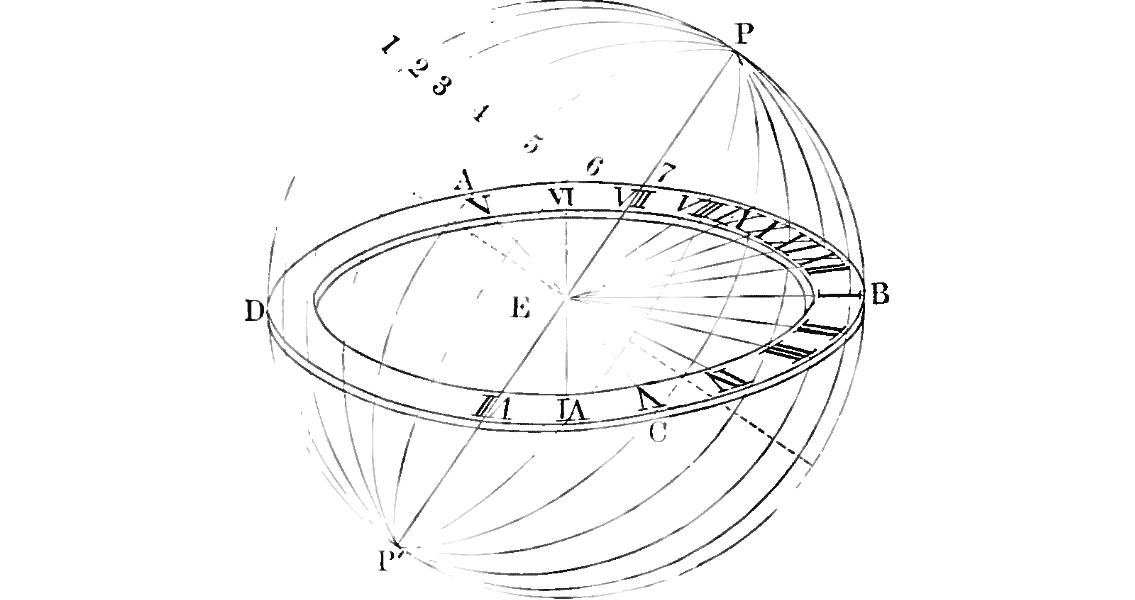<![CDATA[According to a new study, a mysterious slab of rock found in Russia about twenty years ago may be the combination of a sundial and moondial from the Bronze Age. An astronomical examination of the slab suggests that the markings on it - round divots put in a circle - coincide with divine events such as sunrises and moonrises. A researcher from the Archaeo-astronomical Research Centre at the Southern Federal University in Russia, Larisa Vodolazhskaya, said that the sundial-moondial might be proof of efforts of ancient researchers to realise apparent motion patterns of the nature of time and luminaries. Last year, Vodolazhskaya along with her fellow researchers, analysed another Bronze Age sundial which was discovered in the Ukraine and determined it to be a very sophisticated tool for measuring the time. The new slab grabbed the attention of archaeologists in Rostov, Russia, because they knew about the similar artwork uncovered in the area in 1991. Ever since the older slab's discovery, it has been presented in a museum in Rostov, but has never been studied thoroughly. It was found over the grave of a man thought to be from the twelfth century B.C. So, this slab is similar in age to the one recently discovered in the Ukraine. Over the years, many sundials and moondials from the same era have been found in ancient Egypt, including one in the grave of the pharaoh Seti I. Vodolazhskaya explained the geometry of the carvings on the slab. She said that the carved circles, which are in a pattern straddling roughly 0.3 meters (0.9 feet) in diameter, match with the sunrises at equinoxes (the days of the year when day and night are the same in length) and solstices (the days of the year when either night or day are at their longest). The people from the Bronze Age who made the sundial weren't interested in the sun alone. The carvings that did not match with solar movements are related to lunar movements. As a consequence of the angle of the moon's orbit, our only satellite goes through an 18.6 year cycle. At some stage in this cycle, when it rises, the moon's location moves from the south to the north, and its movements across the sky move from comparatively high to comparatively low. The slab found in Russia tracks these movements with circular carvings signifying the northernmost and southernmost moonrises of these "high" and "low" moons. Vodolazhskaya said that the Ukraine sundial and other Bronze Age artefacts suggest that the inhabitants in the Northern Black Sea area were astronomically savvy. Their technology shows parity with what was found in ancient Egypt during the same period. ]]>
Mysterious Ancient Slab Discovered in Russia May Be a Sundial-Moondial
